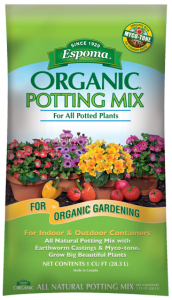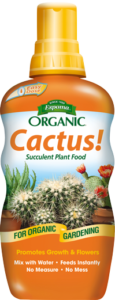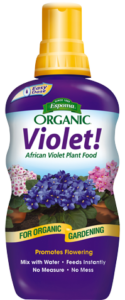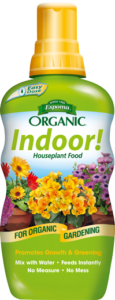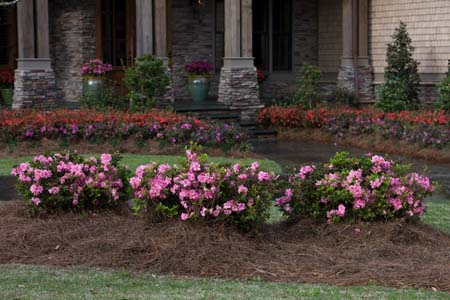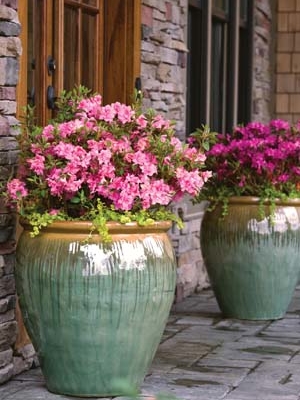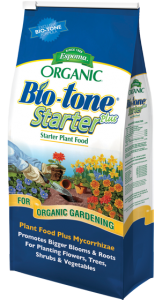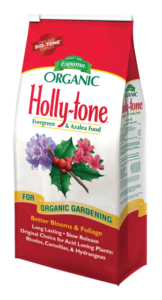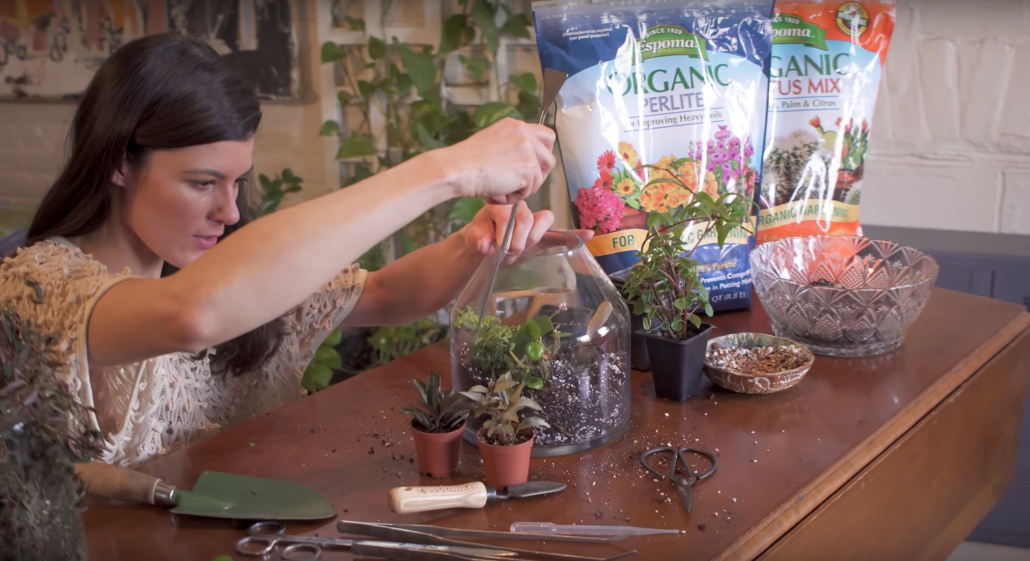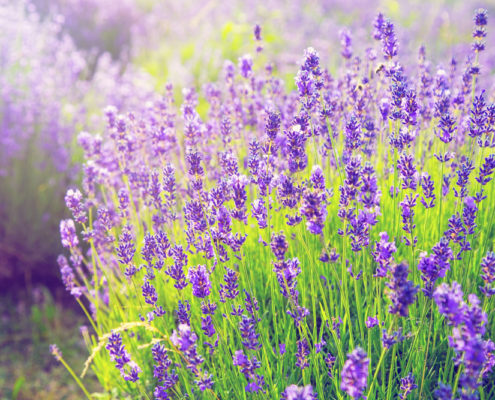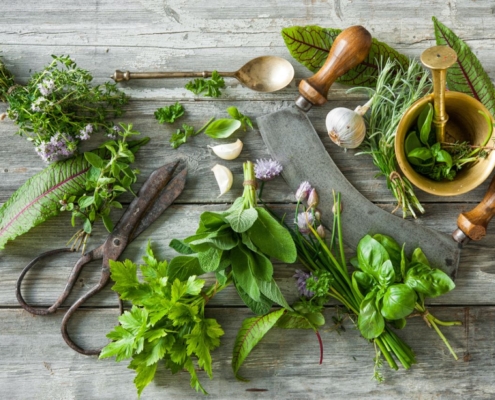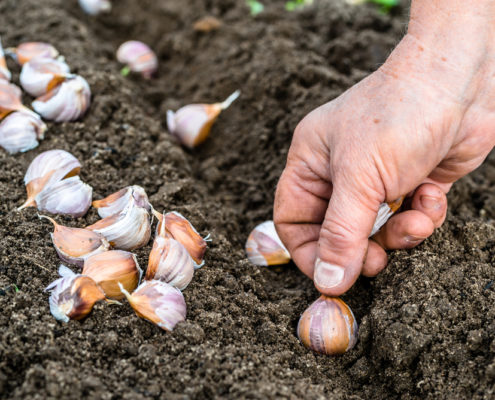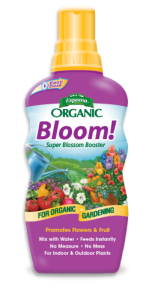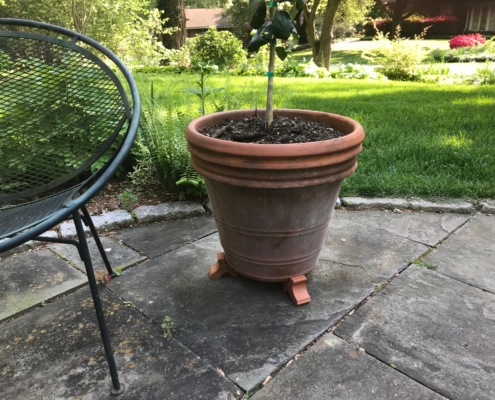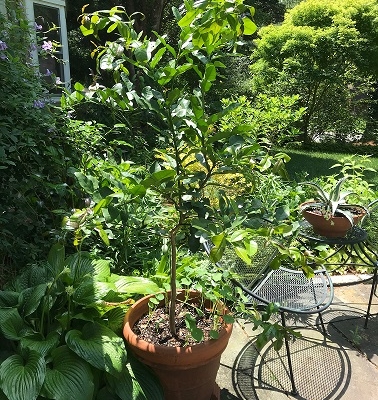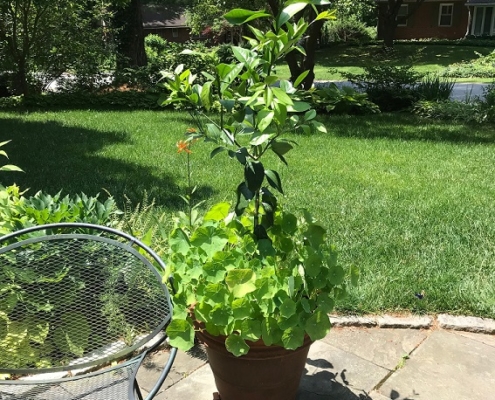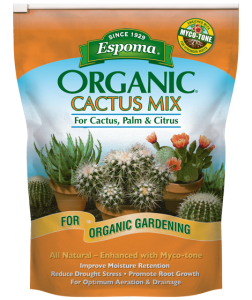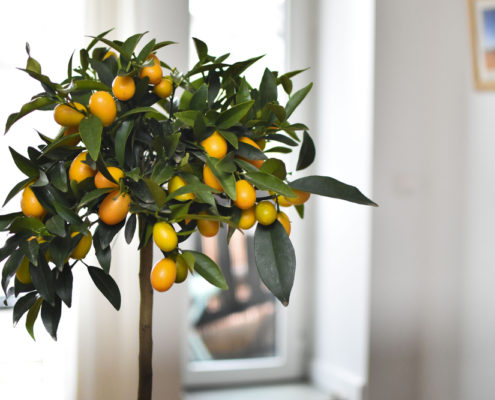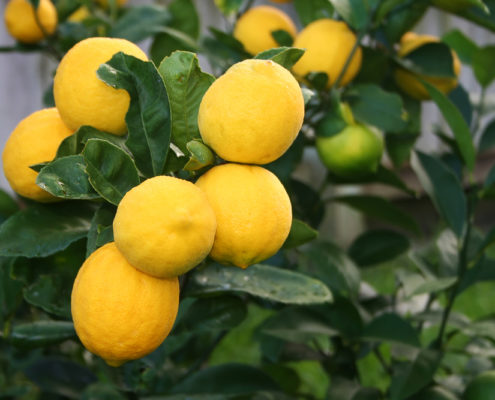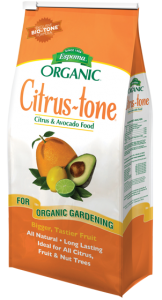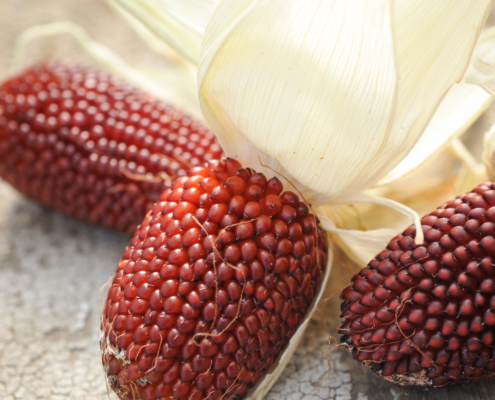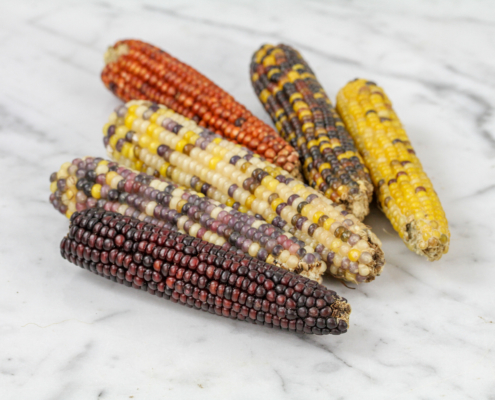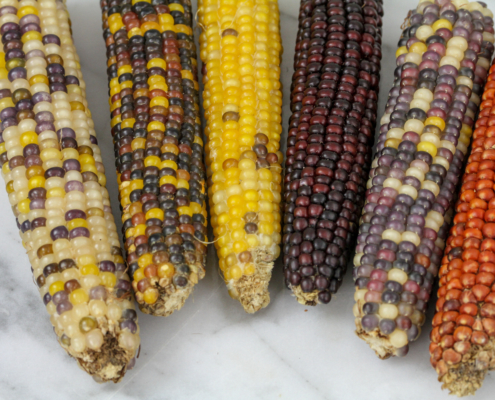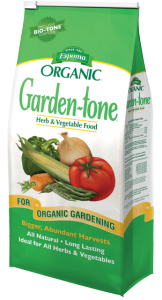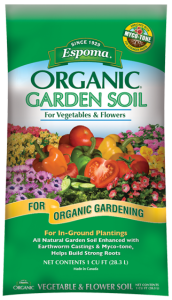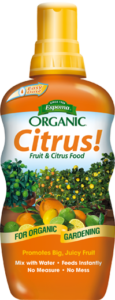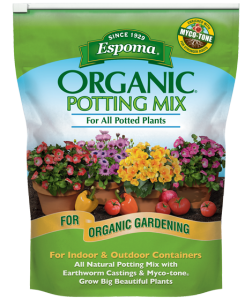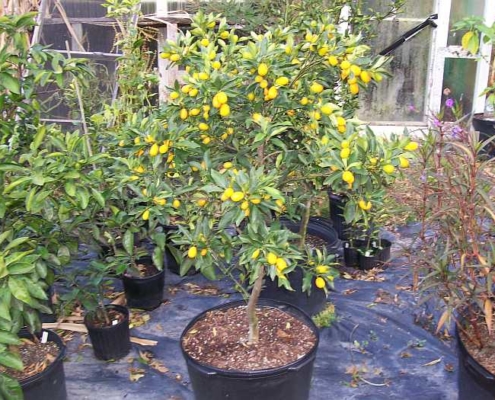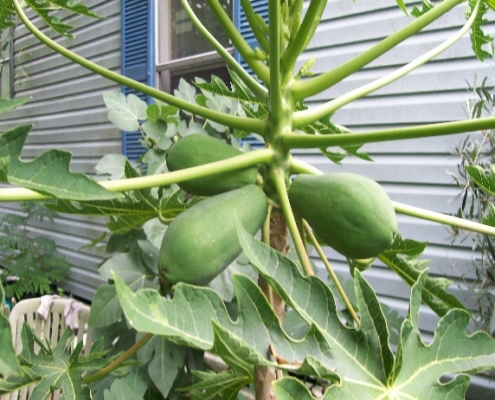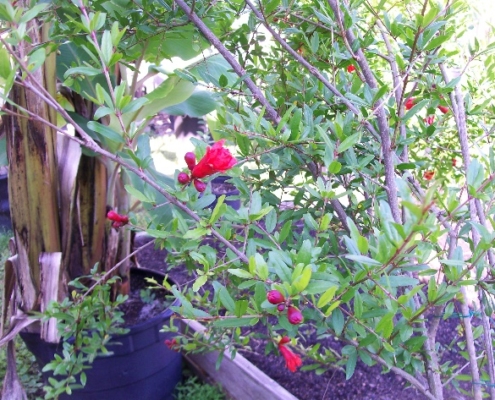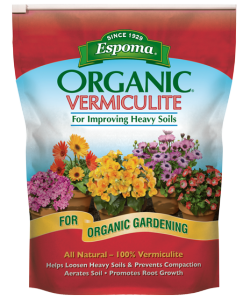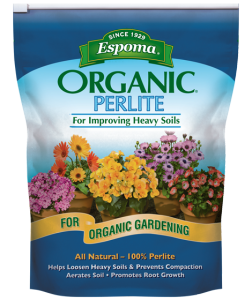6 Kid and Pet Friendly Plants
Danger could be lurking anywhere when you’ve got kids and pets. That’s why parents do their best to baby-proof and petscape. And when you’re a plant parent, the last thing you want to think about is your real babies or furbabies snacking on your plant babies.
Whether it’s because they’re poisonous or prickly, some plants are just not safe for consumption.
Luckily, many plants are non-toxic and safe for the whole family to enjoy.
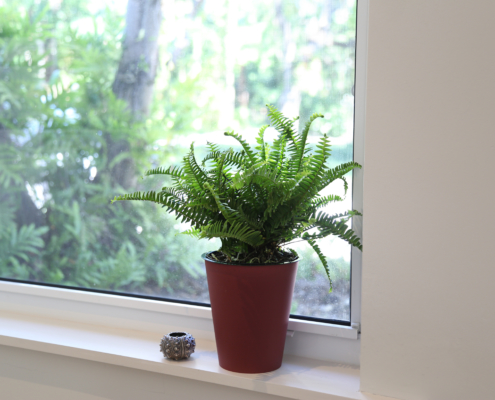
Boston Ferns
Not only are Boston ferns safe to have around pets and kids, but they also clean the air every minute of the day. Studies from the US Environmental Protection Agency (USEPA) have found that levels of indoor air pollution can be two to five times— and in some cases 10 times — more polluted than outdoor air. Feed ferns every two to four weeks with Espoma’s liquid Indoor! fertilizer to keep plants growing.
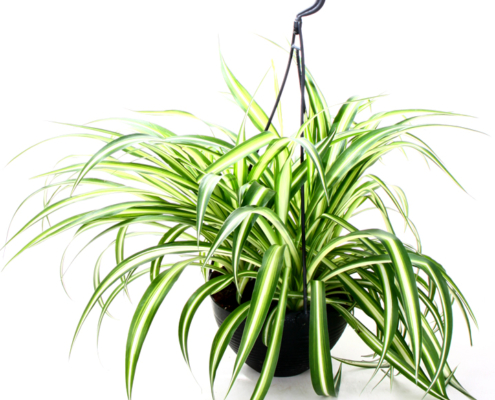
Spider Plant
This 70s mainstay and easy care plant is one of the safest you can find. Spider plants also great for teaching small children about plant propagation. Just snip off the babies and transplant into Espoma’s organic potting mix to create more plants.
Christmas Cactus
With their flat green leaves, stunning blooms in pink or lilac and longevity, Christmas cacti can sometimes be family heirlooms handed down from one generation to the next. To trigger blooming, these plants need darkness for at least 14 hours a day and sunlight between 8 to 10 hours a day for six weeks. You can cover your cacti if your indoor lighting is bright to create the needed rest period.
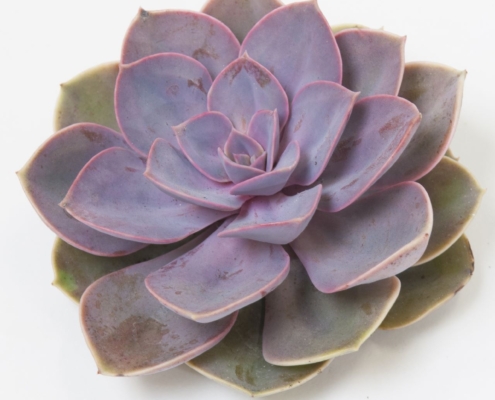
Echeverias
The entire echeveria family is safe for pets and children, although we still don’t advise eating them. This desert native comes in a variety of colors and does best in dry conditions. Echeveria should be watered only once it has dried out. For optimal results, place echeveria in full sun and ensure the soil is well drained. Use Espoma’s Cactus! liquid fertilizer to give succulents the optimal amount of nutrients.
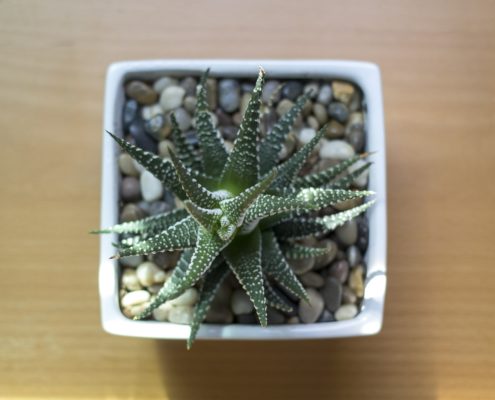
Zebra Plant
Another favorite of succulent lovers, this striking plant gets its name from the horizontal stripes covering its leaves. Growing about 5” tall and 6”wide, the zebra plant is tidy, contained and a perfect addition to any small space. Zebra plants require a moderate amount of sunlight and water.
African Violets
These stunners are known to bloom continuously, even throughout the darker months of winter. Place them throughout the house to enjoy their colors and velvety texture throughout the year. Once you get in a regular routine of taking care of African violets, you’ll find they’re very easy to grow. All of their basic needs need to be met though, or they won’t bloom. Give them the right temperature, light and a good feeding with Espoma’s Violet! liquid fertilizer, and you’ll be blooming in no time.
Safety First
Tiny hands and paws often find their way into the dirt and end up in the mouth. Picking non-toxic plants is a step in the right direction toward keeping your little ones safe, but go one step further by choosing organic products and soil for your plant babies. Plus, it’s healthy for your plants, and the planet, too.
Espoma Products for Happy Houseplants
